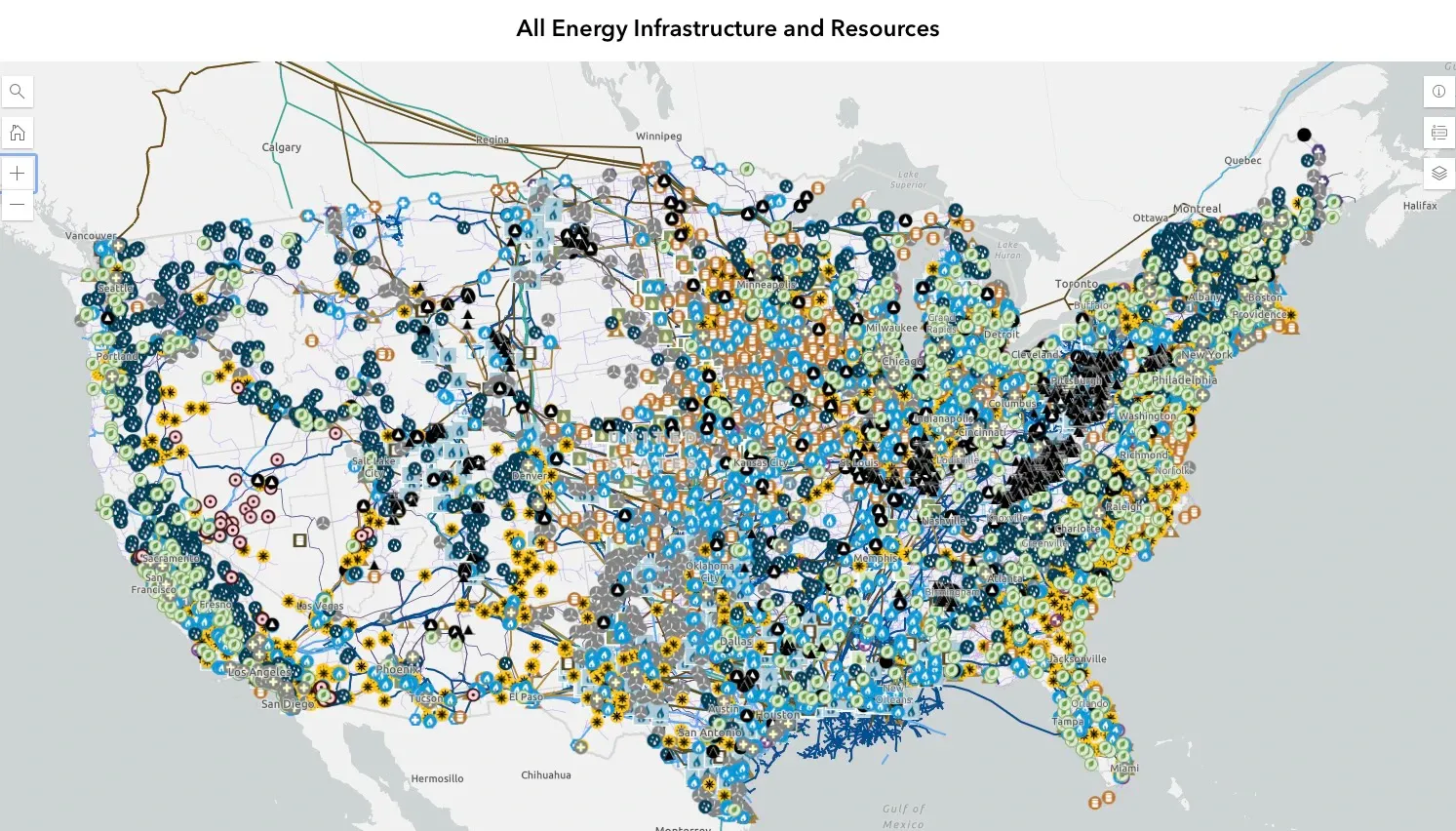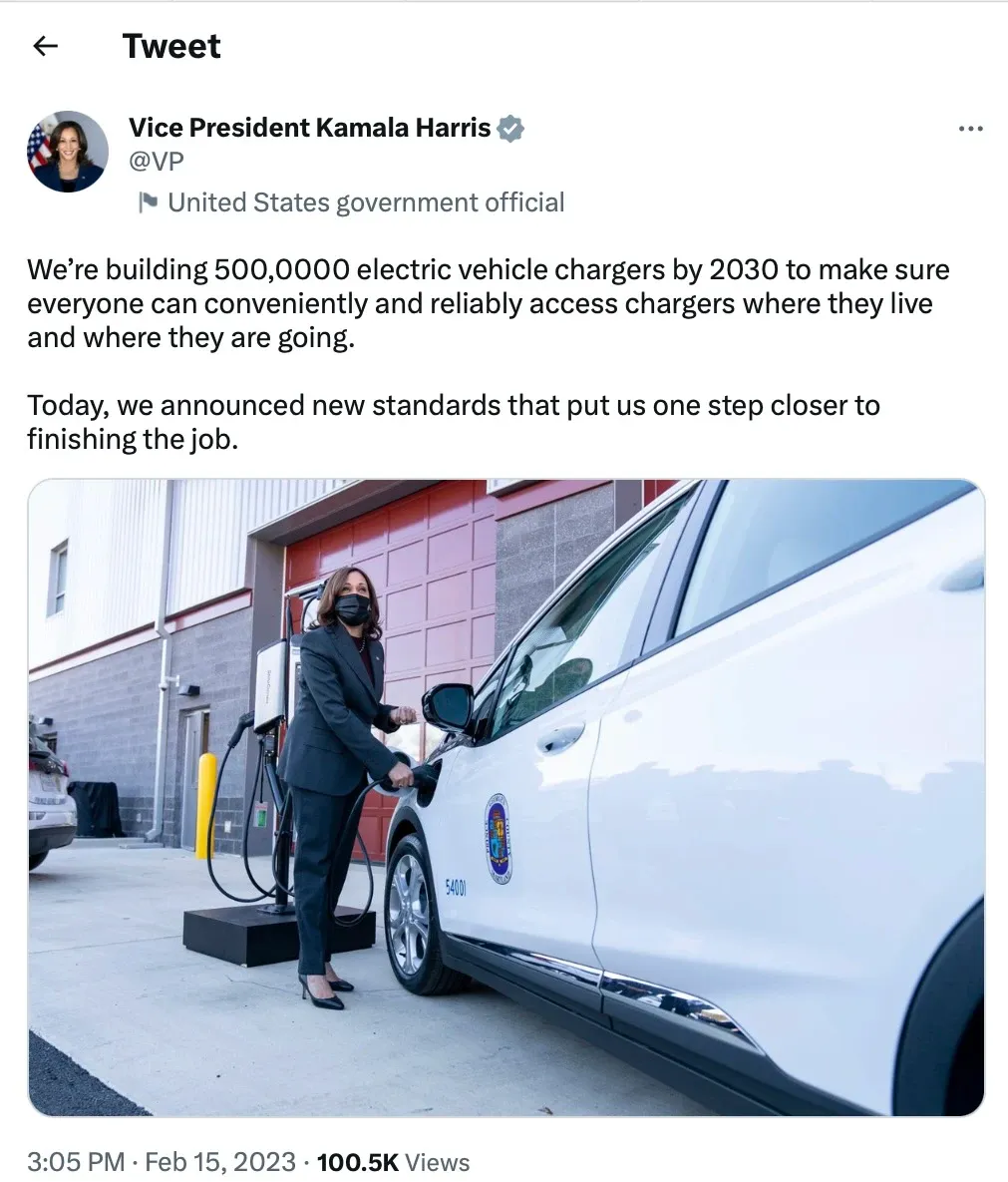Electric vehicle (EV) sales are rapidly increasing, creating a burden on an already overtaxed power grid. With a left-leaning push in some states to eliminate sales of internal combustion engines by 2035, experts are trying to figure out how to meet the surging energy demand.
According to Experian’s Automotive Consumer Trends Report: Q2 2022, the number of electric vehicles on U.S. roads increased by 250% over the last five years, growing from approximately 400,000 to 1.7 million. The Edison Electric Institute (EEI) conservatively projects the number of EVs on U.S. roads to reach 26.4 million by 2030.
Although climate action proponents claim that EVs will help eliminate greenhouse gas emissions and reduce our dependence on oil, opponents argue that U.S. energy generation still needs fossil fuels, and the energy grid is not prepared to support a surge in EVs.
In 2021, U.S. utility-scale facilities generated about 4,108 kilowatt-hours (kWh) of electricity. Fossil fuels accounted for 61.0%; renewables only accounted for 19.8%.

Based on some expert predictions, energy generation would almost need to double in order to eliminate gas-powered vehicles, but renewable energy production is still lagging, leaving much of the grid dependent on fossil fuels. Additionally, the estimated cost to make the U.S. power grid 100% renewable would be approximately $4.5 trillion according to a 2019 analysis.
California, which wants to be a leader in green energy, is struggling to provide enough power for EVs without stressing its energy grid or using fossil fuels. Currently, natural gas accounts for more than 50% of the state’s energy generation; wind and solar only account for 25% combined.
With the push to move away from fossil fuels, California’s power grid has experienced serious setbacks over the last few years. In August 2020, the California Independent System Operator (CAISO) implemented rotating power outages because the grid could not keep up with energy demand.
In August 2022, the state experienced a heatwave, leading to a severe strain on the system, so the CAISO released a bulletin asking power consumers to refrain from using large appliances or charging their electric vehicles between 4-9 p.m.
With the number of EVs increasing rapidly in California, many are trying to figure out how to balance EV charging requirements without straining the power grid. A Stanford University study claims that peak electricity usage could increase up to 25% in the upcoming years:
Once 50% of cars on the road are powered by electricity in the Western U.S. – of which about half the population lives in California – more than 5.4 gigawatts of energy storage would be needed if charging habits follow their current course. That’s the capacity equivalent of 5 large nuclear power reactors.
The study calls for a change in EV charging habits, suggesting that drivers move to daytime charging at work or public charging stations.
Vice President Kamala Harris tweeted that the U.S. is building 500,000 electric vehicle charges by 2030 to meet the increased demand.

Currently, there are about 56,256 charging stations operating in the U.S., supporting nearly 147,700 individual charging ports. Even with the administration’s plan to add 500,000 electric vehicle chargers, there would still be a shortage to meet the rapidly rising demand.
Based on EEI’s projections for electric vehicles in 2030, 12.9 million charging ports are needed. Many of these new charging stations will also be powered by fossil fuels for the foreseeable future.



